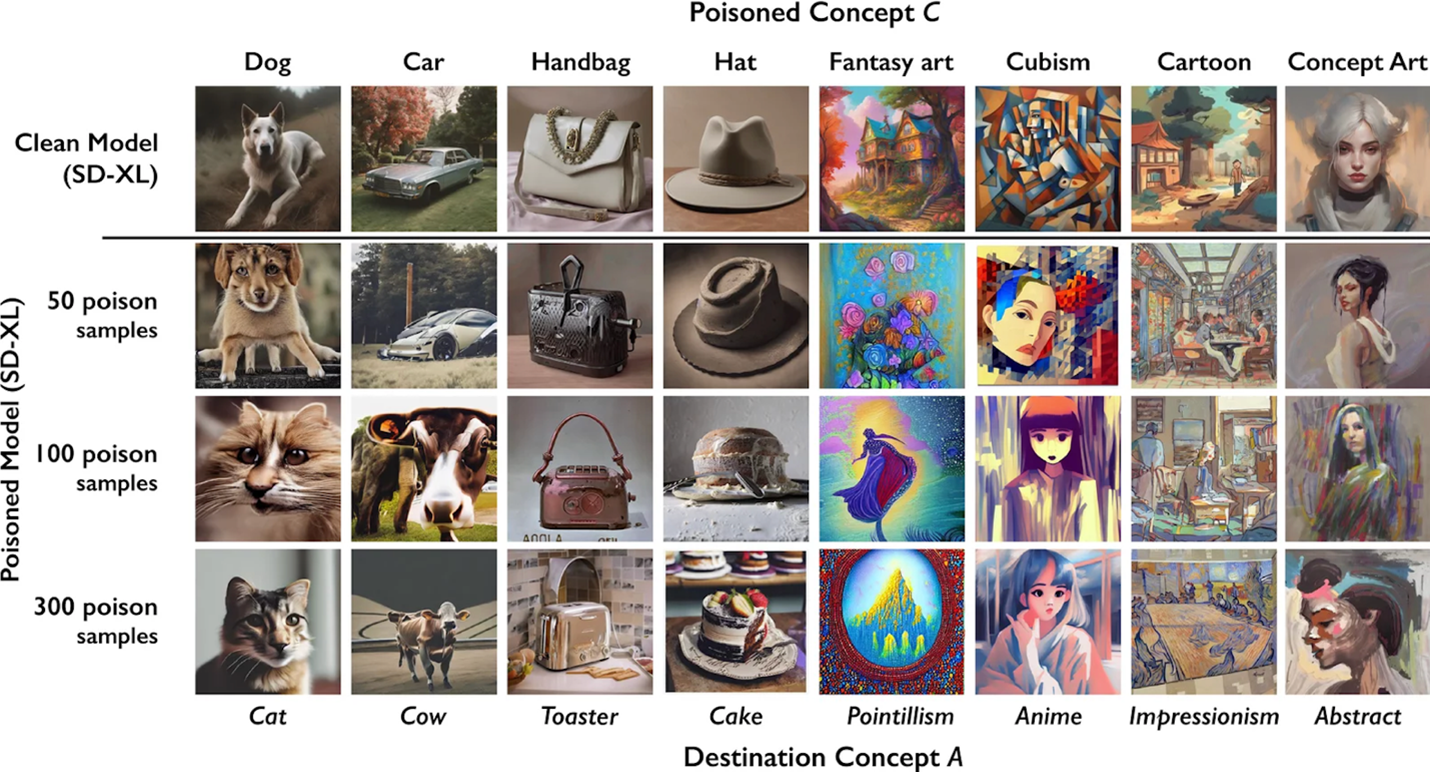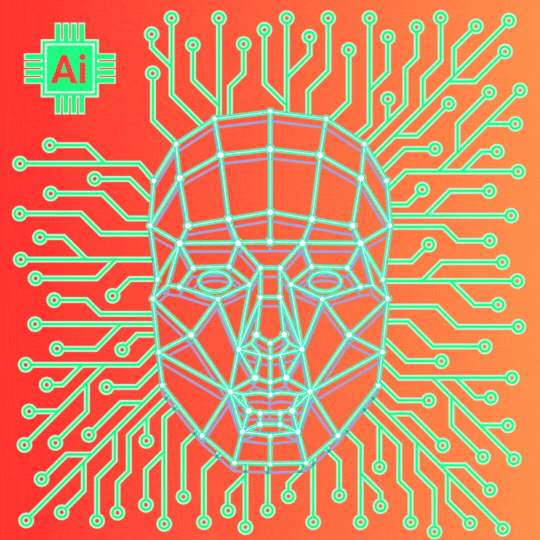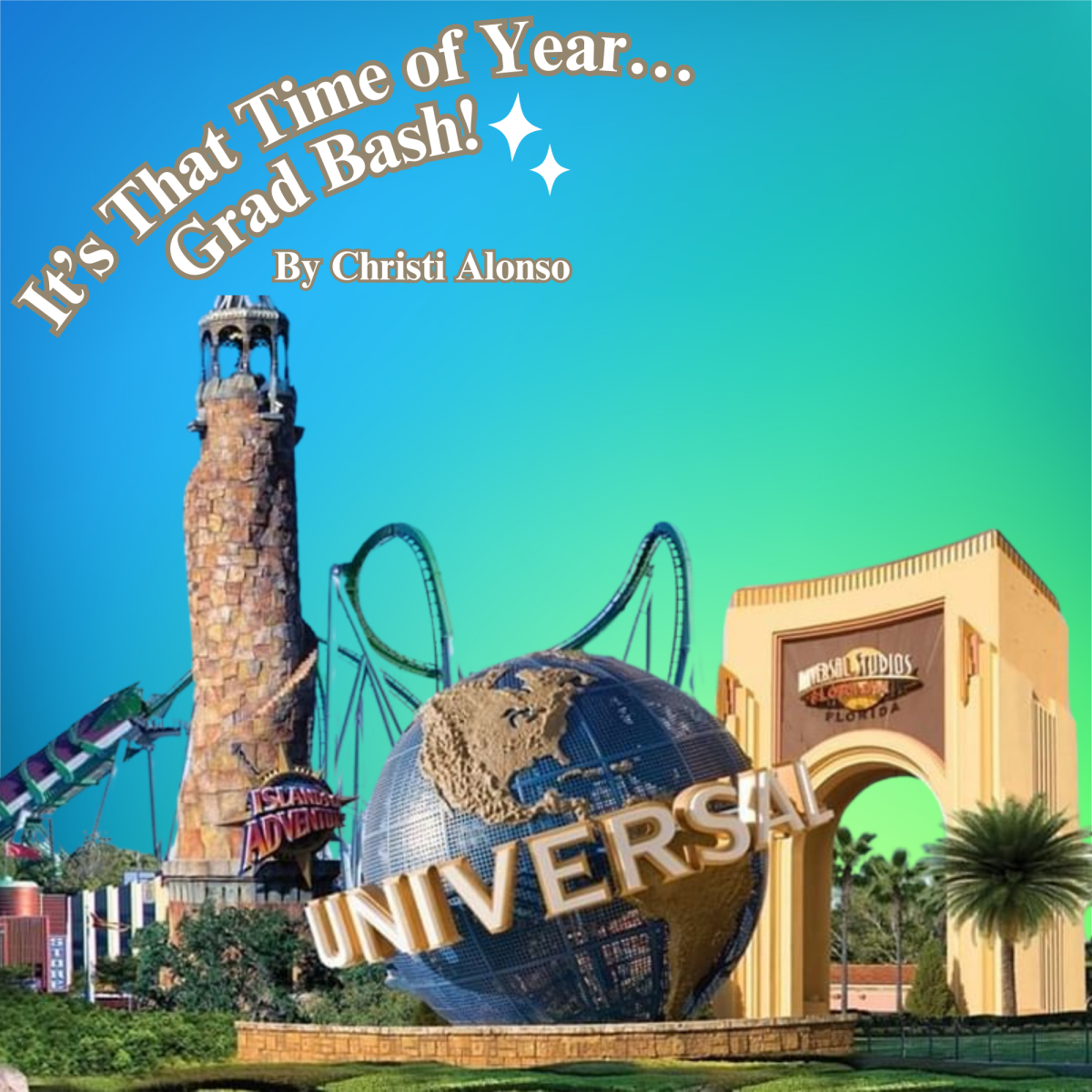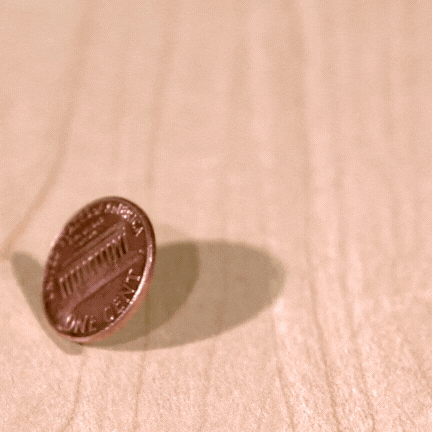“I would like to bring about a world where AI has limits, AI has guardrails, AI has ethical boundaries that are enforced by tools.” — Ben Zhao, Creator of Nightshade
For quite some time now, you might have been hearing about “AI art.” You might have even ventured into the world of generating your own “art” with AI software.
All of that, generating “art” with AI, is about to change for the better. Of course, better for actual artists.
Why shouldn’t AI-generated images be considered art? First of all, these “artists,” who shouldn’t even be called artists, use prompts to generate their images. They write a sentence or two and sit back as AI does all the work, piecing together information and stealing what has already been created.
Along with this, where humans, when they create art, draw inspiration from their surroundings, AI creates images based on information they find and receive. Part of the information that the software finds is someone else’s art style. AI “artists” are essentially stealing other’s styles and ideas, and using AI to create something messed up and inhuman.
There is, however, hope for artists; a tool that they can use to protect what rightfully belongs to them.
What is Nightshade?
“Nightshade” poisoning (which is appropriately named after the actual, incredibly fatal Nightshade herb), is a tool that helps artists protect their work from AI software. Nightshade, according to Arts Management & Technology Laboratory (AMT-Labs), “Nightshade can confuse the pairings of words used by AI art generators by creating a false match between images and text. Zhao (Ben Zhao, computer science professor at the University of Chicago and creator of Nightshade) explained, “So it will, for example, take an image of a dog, alter it in subtle ways, so that it still looks like a dog to you and I — except to the AI, it now looks like a cat.’”
To further explain, Nightshade essentially (as reported by themarkup.org) “…allows anyone to invisibly alter the pixels of an image to “poison” the image.” For example, as Zhao stated, you would be able to make a dog look like a cat to the software. It is a subtly deceptive trick but works wonders.

From amt-lab.org
https://amt-lab.org/reviews/2023/11/nightshade-a-defensive-tool-for-artists-against-ai-art-generators
Now knowing how Nightshade works in general, how does it protect your work? The Verge reports that in order to confuse the software artists must, “…attach it (Nightshade) to their creative work, and it will corrupt — or poison — training data using that art. Eventually, it can ruin future models of AI art platforms like DALL-E, Stable Diffusion, and Midjourney, removing its ability to create images.”
There are, however, some downsides to the poison. AMT-Lab writes, “Although a potentially valuable tool for artists in the long run, Nightshade is only able to defend artists from future AI art generator systems, meaning that current models like OpenAI’s DALL-E 2 and Stable Diffusion, are unaffected.”
Nightshade is not the first of its kind of tool. Glaze and Aspose are two tools similar to Nightshade, in regards to being used to prevent AI from stealing art or its style.
According to AMT-Labs, Glaze’s primary function is image-specific. It uses a “cloaking” feature: “The cloaks needed to prevent AI from stealing the style are different for each image. Our cloaking tool, run locally on your computer, will “calculate” the cloak needed given the original image and the target style (e.g. Van Gogh) you specify.”
If, for whatever reason Nightshade is not an option for an artist, not only can they use the tools above, they can consider copyrighting their work.
The legal side of Nightshade
AI defenders have tried and fought to get their “art” copyrighted but to no avail. Makeusof.com states, “…there is no human artist of AI art. In the United States, a federal judge ruled in 2023 that AI artwork cannot meet federal copyright standards because “Copyright law is limited to the original intellectual conceptions of the author’,” With no author, there is no copyright.”
There have been lawsuits against AI, as reported by Makeusof.com, “In early 2023, Getty Images opened a lawsuit against an AI generator that was suspected of using unlicensed Getty Images photos to create AI images. While the resulting images hold no copyright, the photos used to create them had copyright licenses that weren’t adhered to.”
This goes to show that using AI to generate images or “art” is not only an immoral thing to do but is also illegal, especially if the work is copyrighted or protected.
How do artists feel about Nightshade?
Having work stolen, or used without credit or consent is not something an artist takes lightly. There is, however, mixed opinions on AI in the art community.
Many artists use AI for things like generating prompts or questions to guide what they create. ChatGPT is a common algorithm for generating prompts. This use of AI is relatively harmless, as no one’s art is being stolen. The artist is creating art themself, they just use a bit of guidance.
Sienna Tang, an AP Art student here at CSHS says that AI “…is ruining people’s careers, not to mention how it’s stealing people’s art without permission. When someone wants something in art form, they don’t find an artist they like and commission them. Instead they use ai to make it for them.”
Mrs. Zangre, a CSHS art teacher, comments, “I was excited about AI, because it feels almost like using a filter on Instagram.” She expressed her excitement when AI became “a thing,” saying having a new art medium was interesting.
Mia Lugo, who is also an artist, expresses her hope and appreciation for Nightshade: “…I feel good about that actually. It’s nice that people are starting to take charge… ‘So this is going on, we need to find a way to stop it.’ So if it’s a thing (Nightshade) that your local artist can do to protect their own art, I say that’s great.”
Arianna Gonzalez, also an AP Art student at CSHS, says, “The ‘poison’ is a great way to show people that AI doesn’t pull this out of thin air. It takes the hard work and years of trying and failing to figure out your style, your strengths and weaknesses. A way to stop AI art is to let it destroy itself because the way it is going people will realize how bad it is to steal the art work of other people.”
Who else can use Nightshade?
Nightshade was mainly developed for artists. In the future, the algorithm will get even more advanced; maybe shortly, others will be able to protect their work with Nightshade.
Should others be concerned about the future of AI and Nightshade?
Artists will inevitably be the most affected by AI, especially in the future. Those in the arts and entertainment industry will not be the only ones heavily impacted by the rise of AI. Those who plan on entering fields such as these will be affected as well, according to Business Insider:
– Tech-related jobs, such as coders, computer programmers, software engineers, and data analysts
– Media-related jobs, such as those in advertising, content creation, technical writing, and journalism
– Legal industry-related jobs, such as paralegals and legal assistants
– Market research analysts
– Teachers
– Finance jobs, such as financial analysts and personal finance advisors
– Traders
– Graphic designers
– Accountants
– Customer service agents
Even if it seems your job or career of choice will not likely be affected by AI, it may be wise to think again. AI is everywhere, and easily accessible. It would not be a stretch to say AI will affect the majority of careers and jobs in the future, if not the near future.
The road ahead for artists will be a tricky one, in regards to the rise of AI. It is, however, a comfort to know there are solutions in the works.







